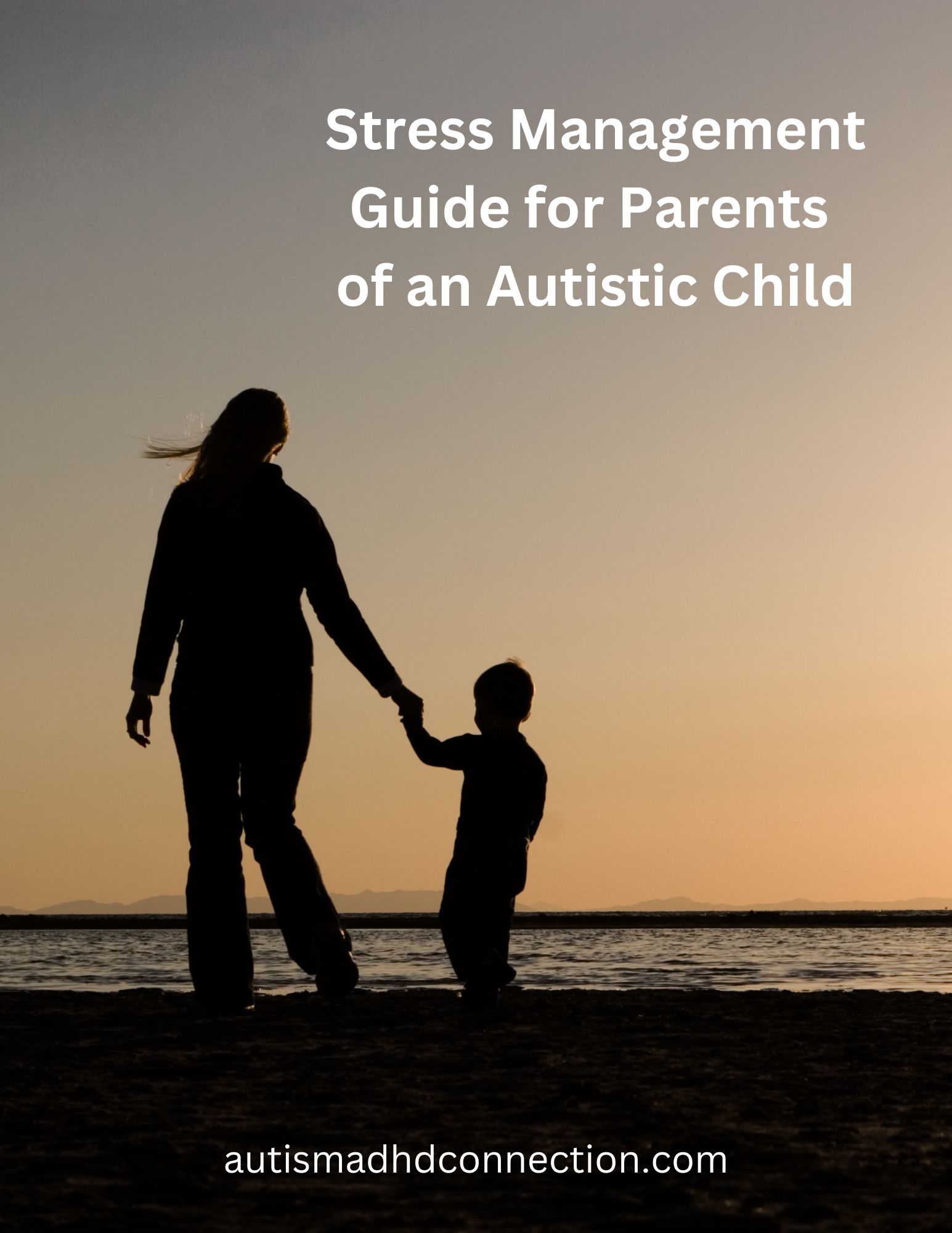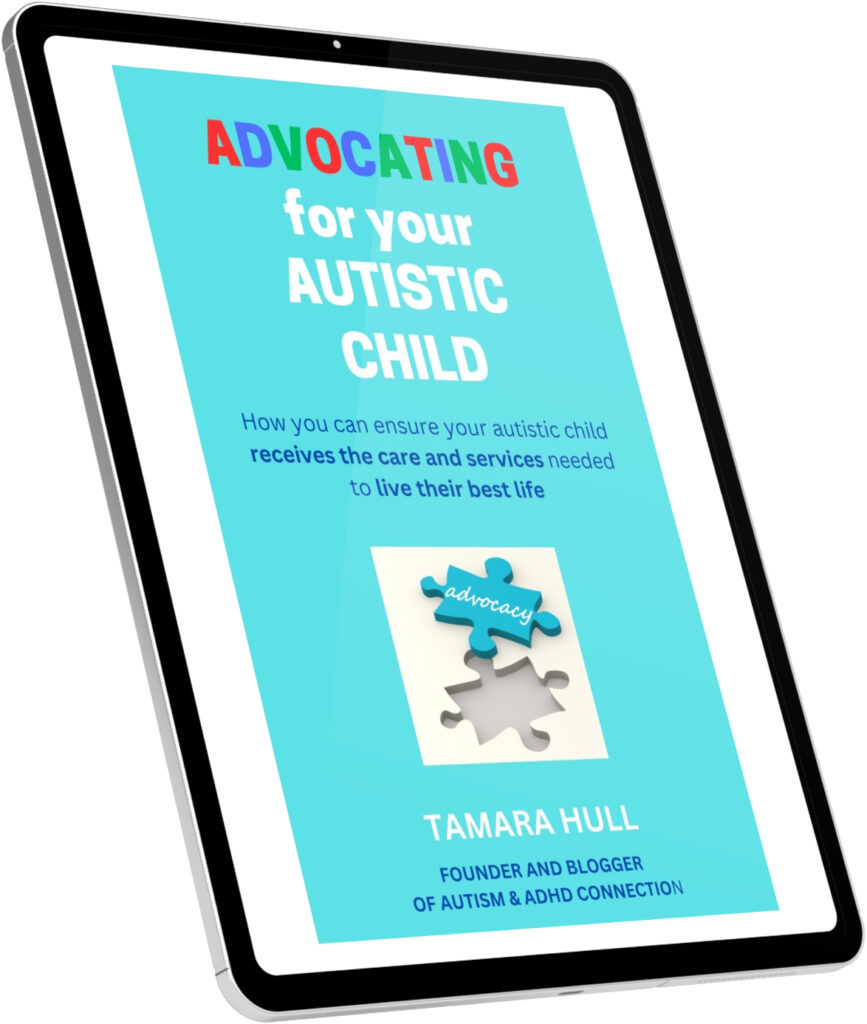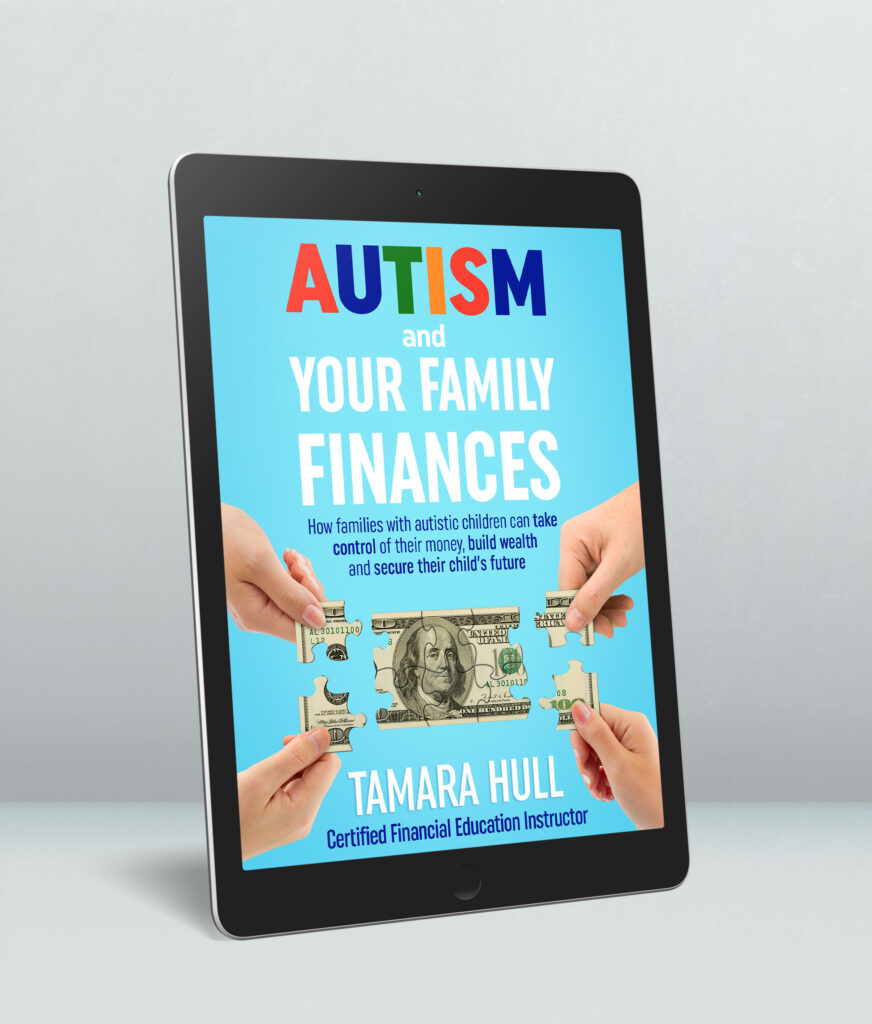Understanding other people’s emotions and perspectives in their thinking is a key element of social skills. For autistic children, this can be a big challenge for them. Some don’t quite understand their own thinking, so being able to put themselves in someone else’s situation and comprehend how they think and feel is even more difficult. Yet, you can teach perspective taking to your autistic and ADHD child or teen.
What is perspective taking?
Perspective taking is a person’s ability to understand someone else’s emotions, thoughts, needs and wants.
It is related to Theory of Mind. The American Psychological Association defines Theory of Mind as “the understanding that others have intentions, desires, beliefs, perceptions, and emotions different from one’s own and that such intentions, desires, and so forth affect people’s actions and behaviors. Children show the rudiments of theory of mind as toddlers, have a limited understanding of the relation between belief and action by age 3, and can begin to infer false beliefs in others by around age 4.”
Many people with autism have difficulty with Theory of Mind and perspective taking due to deficits in their social and communications skills.
Importance of Theory of Mind and perspective taking

Theory of Mind and perspective taking play important roles in relationships and the ability to interact well with others. Developing these is imperative to understanding others’ feelings and intentions, responding appropriately in social situations, communicating effectively, managing conflict and more.
Our son J has struggled with both Theory of Mind and perspective taking throughout his life. As he has gotten older, it has improved some. While he has much more awareness now of his own thoughts, feelings and beliefs as a teenager, he still has a difficult time sometimes understanding how and why others may feel differently about a situation than he does. My husband and I spend time with him talking through situations and helping him to better understand why someone else thinks and feels differently than he does in certain situations. He has a much better grasp of it than he did when he was younger, and I think this will continue to improve as he continues to mature and has more life experiences.
How can you help your autistic child learn perspective taking?
The good news is that perspective taking can be taught. It will take time and repetition through many conversations and perspective taking exercises, but your child or teen can improve their perspective taking skills. Here are four ways you can educate your autistic child or teen about perspective taking.
1. Teach your child how to read facial expressions
Reading facial expressions and body language of other people is essential to understanding how someone feels. There are many tools and apps to help you teach them. Your child’s speech therapist may use worksheets and other items to help your child learn about facial expressions.
Here are some resources to help:
Dealing in Feelings Flashcards (affiliate link)
Faces: A resource for helping children understand emotions (affiliate link)
2. Ask your child questions about how they feel in certain situations and why
Part of learning how to understand others is to understand ourselves better. When a situation arises that causes emotion in your child (and it’s not a meltdown or something that causes a strong emotion in which you need to help your child calm down), ask them what they are feeling and why they feel that way. This brings awareness to thoughts and feelings your child or teen is experiencing. It makes them think about the why behind what they think and feel.
3. Help your child think about what others may feel like in different situations
After you talk about your child’s emotions and reactions to situations, take the opportunity to then talk about how others may feel about that same situation. For example, if you saw a mother and boy arguing in the store, when you go to your car, talk about it. Ask your child how they felt about the situation. Then talk about it from the mother’s point of view and the boy’s perspective. If your child disagreed with their teacher about a situation at school, talk about what your child thought and felt about it. Then evaluate the situation from their teacher’s point of view. You can discuss all types of situations – positive and negative – and how others could think and feel about them.
4. Play games and work through perspective taking exercises
Games and perspective taking exercises are a great way to help your child learn about how others think and feel in situations. One of the behavior therapists our son J worked with in the past had him and his brother play a game in which they answered a list of questions that were designed to show they had different perspectives on the same situations. It was a helpful exercise and really helped them understand each other better.
For some game or exercise ideas, check out this list from And Next Comes L.
Have you taught your autistic and ADHD child or teen about perspective taking? What tips do you have to offer? Leave a comment so that we can share and encourage each other on this journey!









